Mary Anning: Lyme Regis statue of fossil-hunting pioneer approved
- Published

The statue will stand on a spot overlooking Black Ven, where Anning made many of her discoveries
A charity's plan for a statue of fossil hunter Mary Anning, which will stand close to the cliffs where she made her discoveries, has been approved.
Dorset Council passed Mary Anning Rocks's plan for the Lyme Regis statue.
Born in 1799, Anning made numerous groundbreaking discoveries on the Dorset coast, which are still displayed in museums around the world.
The campaign for the statue began in 2018, led by schoolgirl Evie Swire, and raised about £100,000.
She set about fundraising with her mother after realising the resort had no statue marking Anning's achievements.
The Local Democracy Reporting Service said the charity hopes to unveil the statue on 21 May, which would be the 223rd anniversary of the fossil hunter's birth.
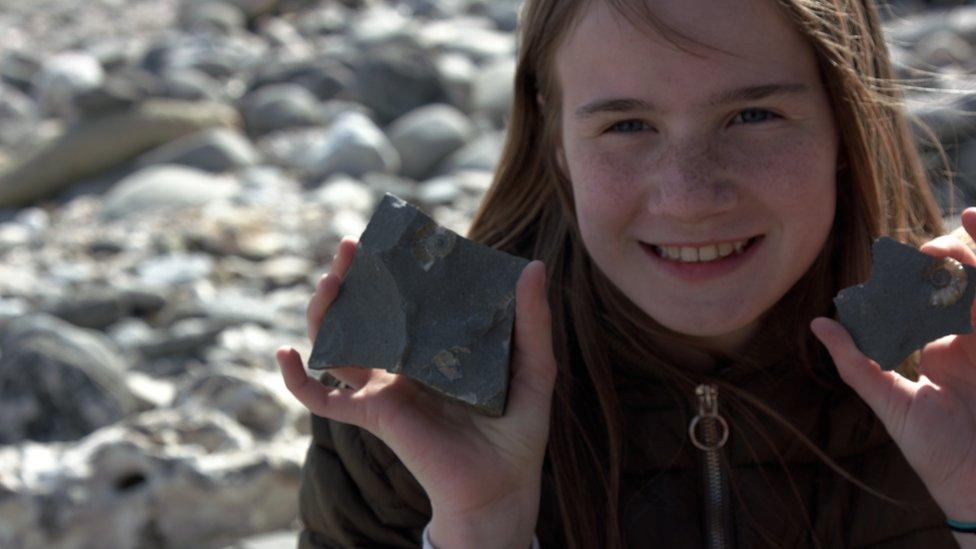
Evie Swire started the campaign for a statue of Mary Anning in Lyme Regis
The planning application stated that despite coming from a poor background and having no formal training, Anning's finds changed the way scientists thought about how life evolved.
"Her achievements have largely gone unacknowledged with her name having been eradicated from the historic archives due to her being an uneducated, working-class woman and an outsider to the polite and scientific community," it said.
The proposed life-size bronze statue by Denise Dutton will be placed in a spot overlooking Black Ven, where she unearthed many of her finds.
Anning, whose life inspired the Kate Winslet and Saoirse Ronan-led film Ammonite and Tracy Chevalier's novel Remarkable Creatures, was never fully credited for her discoveries due to her gender and social status.
She was born to a poor, working-class family, but made a name for herself unearthing never-before-seen specimens from the cliffs near her home, including a 5.2m (17ft) ichthyosaur when she was 12 years old.
Twelve years later, she found the first complete fossil of a plesiosaur, a marine reptile that seemed so bizarre to the scientists of the day that they initially thought it was a fake.

Follow BBC South on Facebook, external, Twitter, external, or Instagram, external. Send your story ideas to south.newsonline@bbc.co.uk, external.
Related topics
- Published20 September 2021

- Published28 July 2021
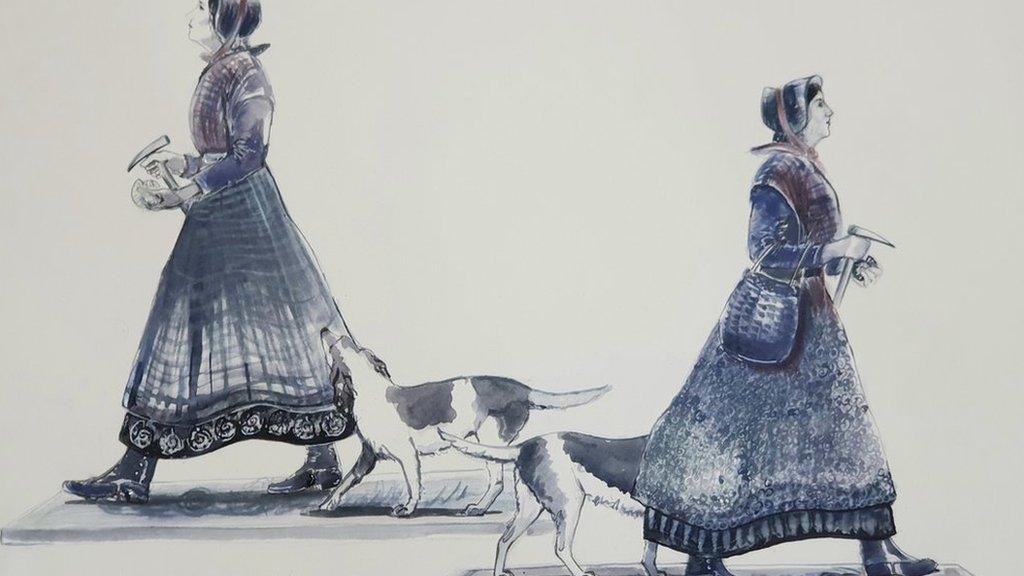
- Published5 February 2021

- Published20 January 2021

- Published5 January 2021

- Published23 November 2020
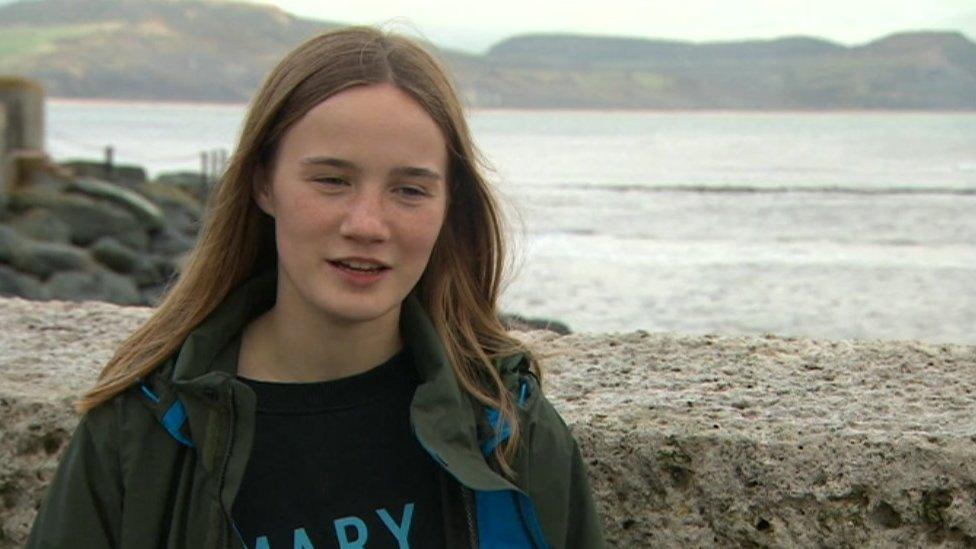
- Published17 October 2020

- Published21 October 2018
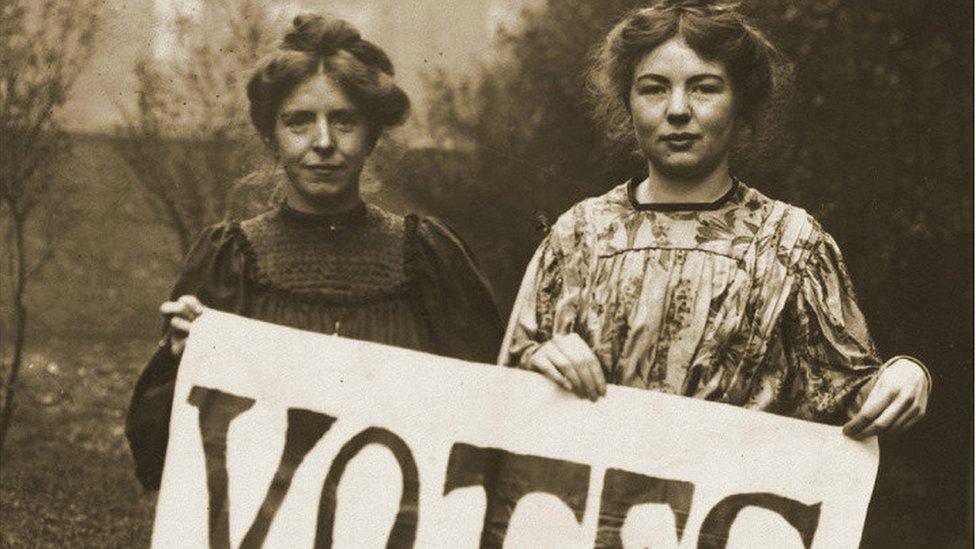
- Published21 October 2014
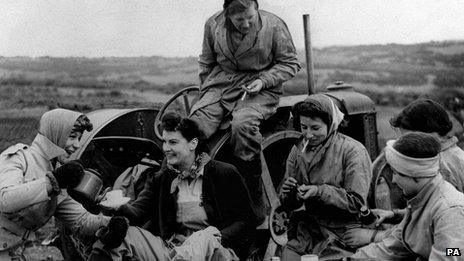
- Published21 October 2014
